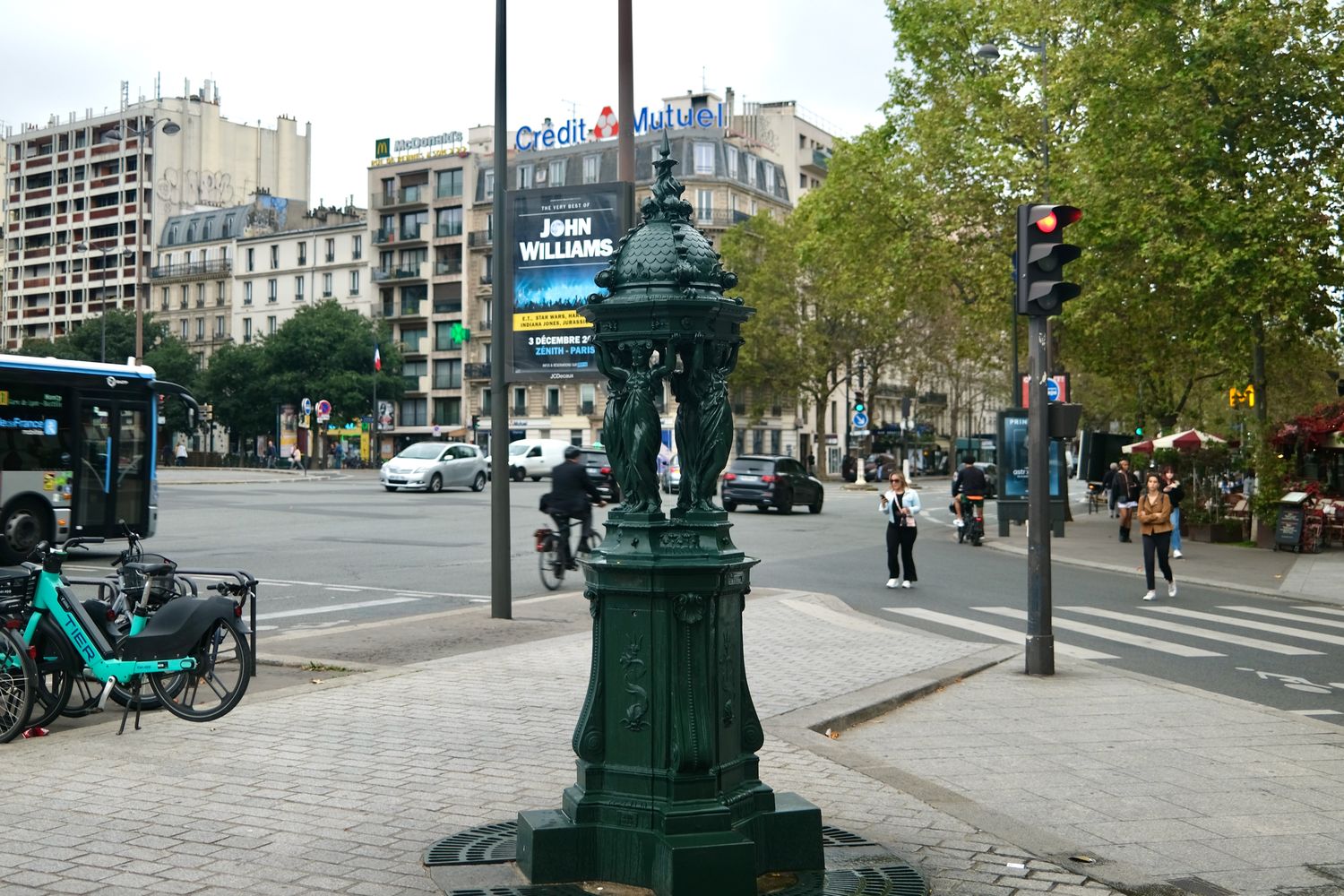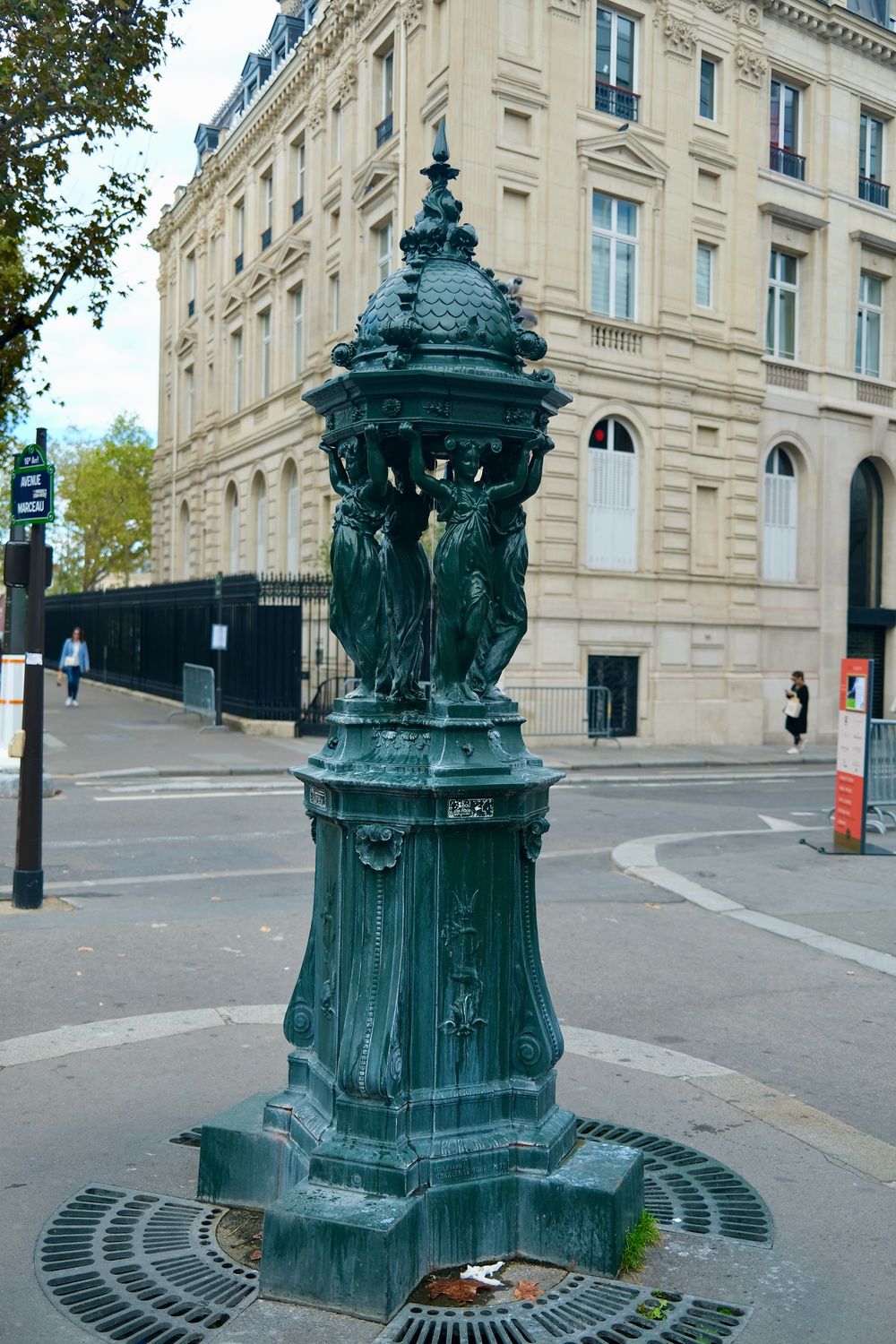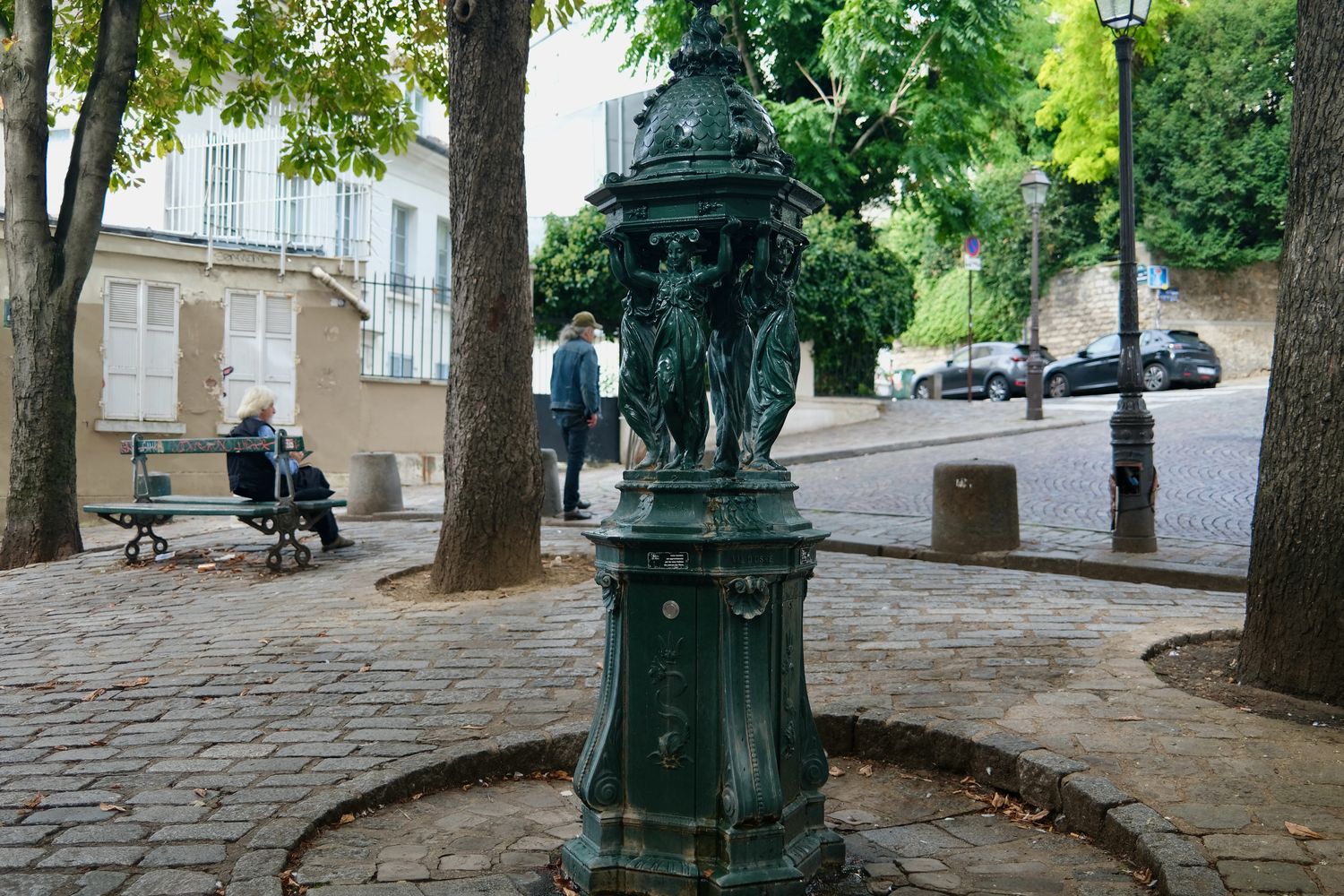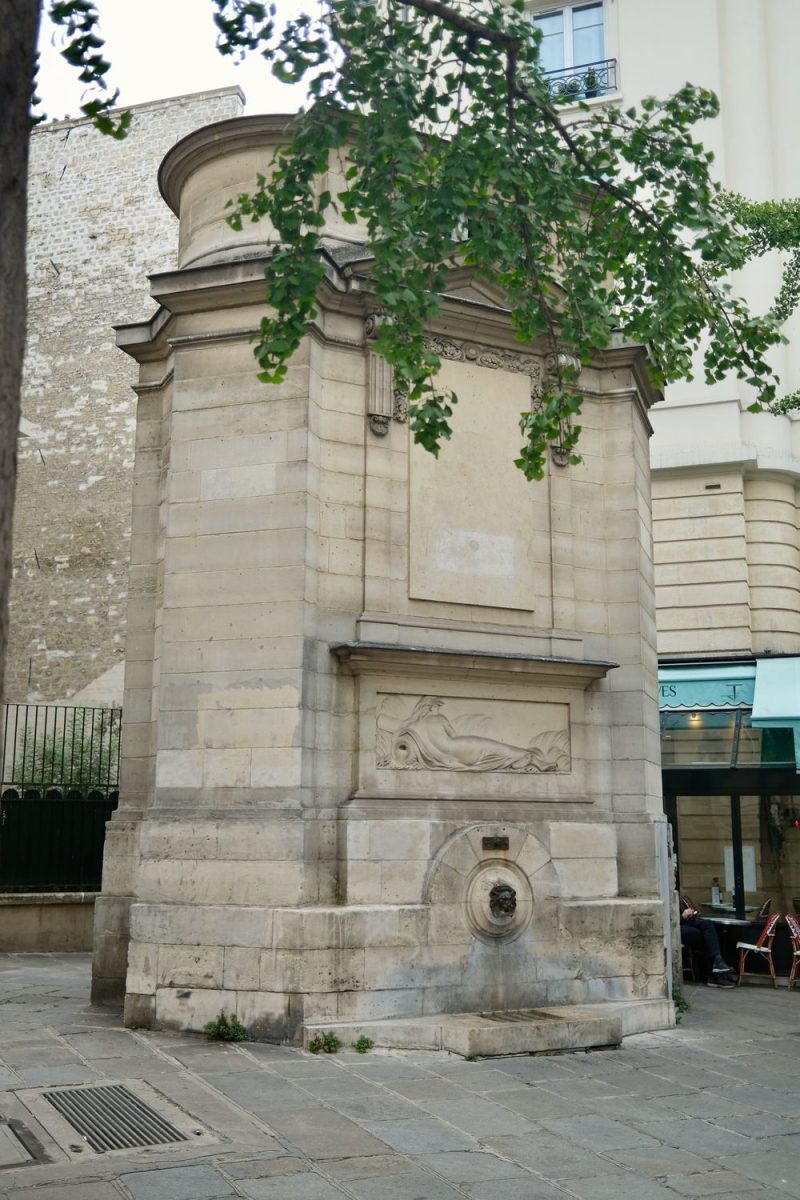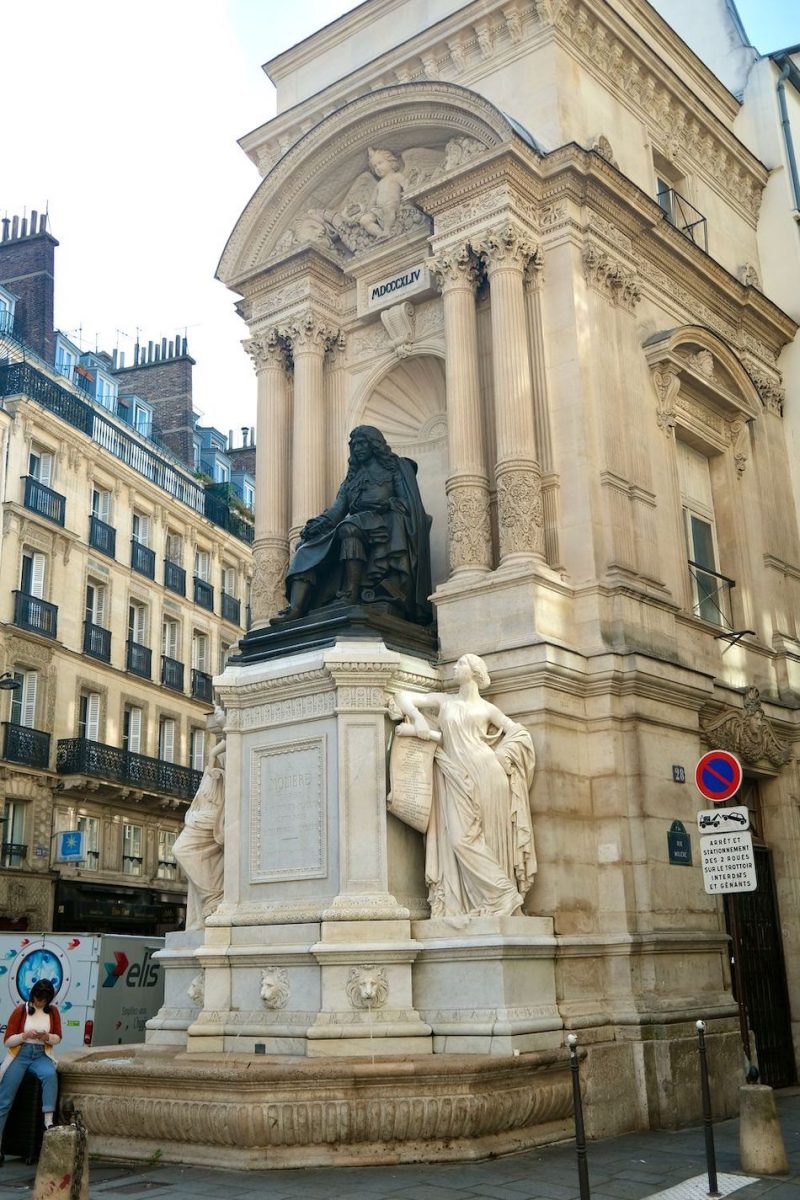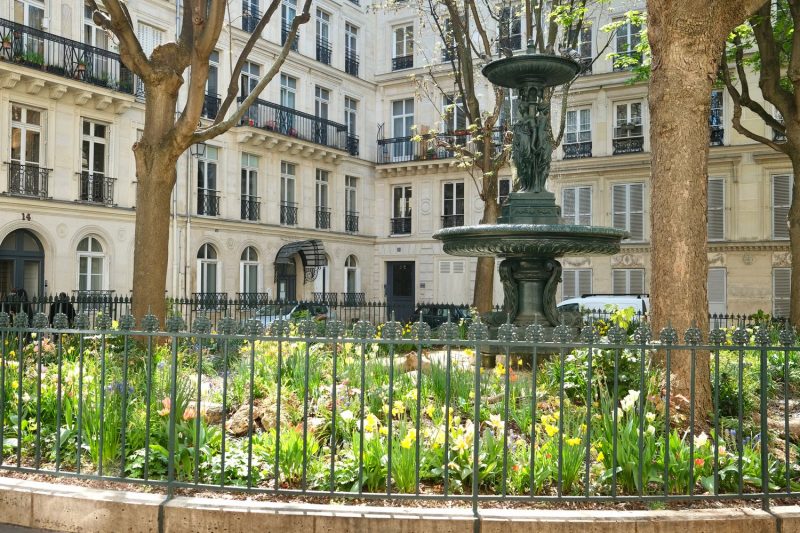The Ubiquitous Green Wallace Fountains Across the City of Paris
Culture Travel may earn a commission through links on this website. As an Amazon Associate, we earn from qualifying purchases.
Wallace Fountains, also known as “Fontaines Wallace,” are a series of decorative drinking fountains that can be found throughout Paris, France. These iconic green cast-iron fountains, designed by Englishman Sir Richard Wallace, were commissioned in the late 19th century to provide free drinking water to the public after the cholera outbreaks in the city.
Wallace Fountains are distributed across various locations in Paris, with over 60 still standing today. They can commonly be seen in parks, squares, and along streets.
Some notable locations include: Place de la République, Boulevard Saint-Michel, and Place de l’Opéra!
History
The Wallace Fountains were commissioned in 1870 by Sir Richard Wallace, a philanthropist and art collector, in response to the public health crisis caused by the cholera epidemic, which raised the need for access to clean drinking water.
The fountains were designed by architect Charles-Auguste Lebourg, featuring a distinctive design that includes four figures representing the nymphs of the four rivers of France: the Seine, the Rhone, the Garonne, and the Loire.
The fountains became a symbol of the city’s commitment to public health and the welfare of its citizens. Initially, they served as a critical resource for Parisians who lacked access to clean water, especially during a time when water systems were not fully developed.
The Wallace Fountains have become an integral part of Parisian heritage and reflect the city’s commitment to public amenities and history. Whether you are a history buff, a traveler, or a local, visiting the Wallace Fountains can add a unique element to your exploration of Paris.
